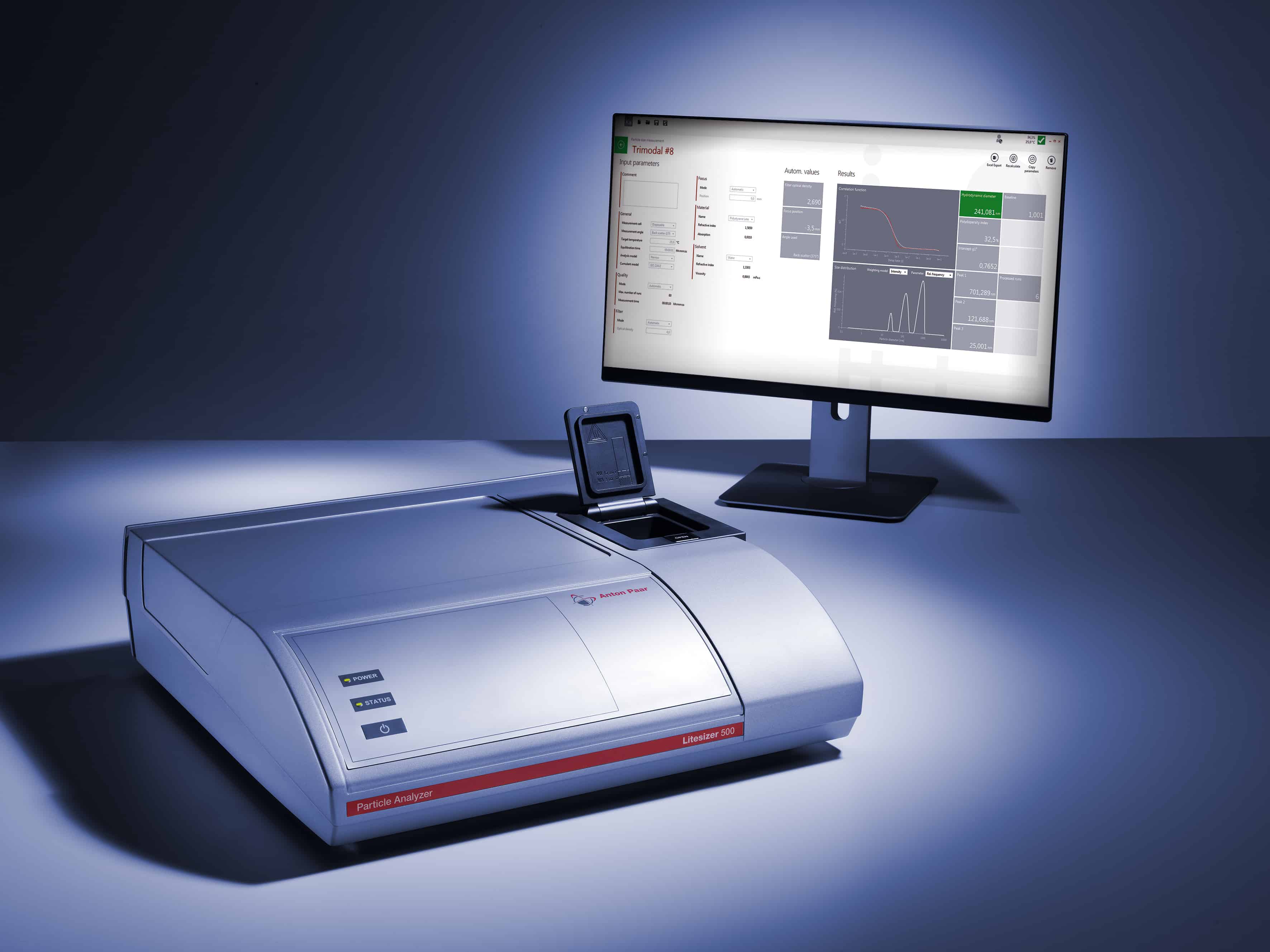
Lysozyme, also known as muramidase, is an enzyme found in human tears, saliva, human milk, and most white blood cells. Its function is to kill bacteria by damaging their cell walls through catalysing hydrolysis. Discovered in 1922 by Alexander Fleming, lysozyme became known as the first antibiotic.
Static light scattering (SLS) is an optical technique that measures the time-averaged intensity of scattered light. It is a typical method for determining molecular mass, especially of macromolecules such as polymers and proteins. Moreover, SLS can also be used to determine the second virial coefficient, which reflects the interaction between particles and solvent: A negative gradient indicates that the particle–solvent interactions are stronger than the particle–particle interactions, and vice versa.
Determination of molecular mass by SLS requires measurements at three or more different concentrations. Furthermore, a sample of the solvent, and of the reference must be freshly prepared and measured. The solvent sample must include all solutes (such as buffer or salt) that are contained in the sample other than the particles to be measured.
In the Application Report here available for download, the molecular mass of lysozyme is determined by using SLS measurements with the Litesizer 500, the particle analyser form Anton Paar for characterising nano- and microparticles in dispersions and solutions.
Follow the link above to have a full copy of the application report with the test results.










Emergency law passed to protect UK steelmaking
<b>(:-))</b> Gareth Stace as director general of trade body UK Steel, is obviously an expert on blast furnace technology & operation. Gareth...